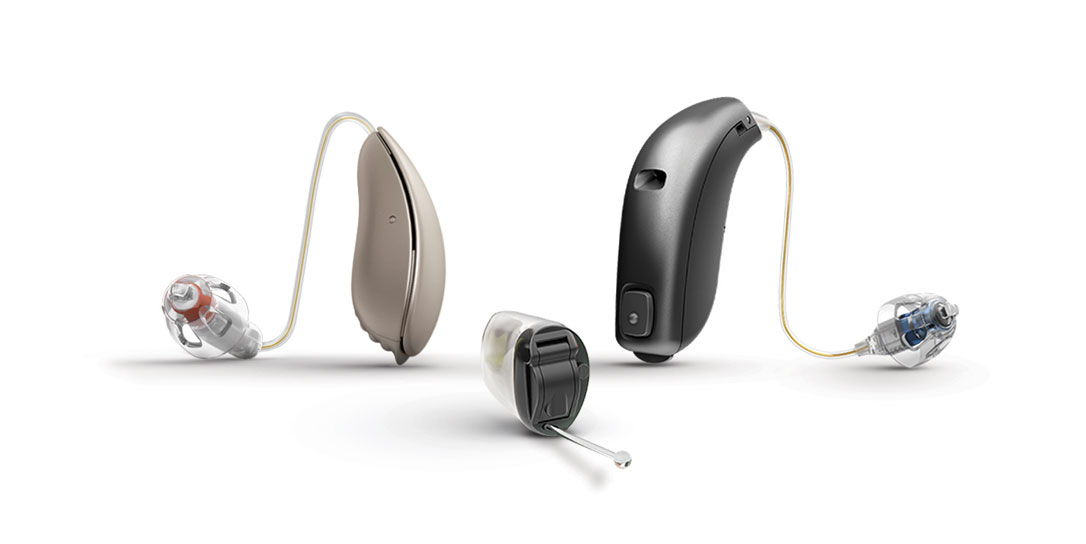 Though small, hearing aids are packed with high-level technology to help your ears and brain process sounds. As such, there are several practices that will help you care for the technology so that it will last. To prevent problems with your hearing aids, follow this list of practices to help preserve the device’s technology.
Though small, hearing aids are packed with high-level technology to help your ears and brain process sounds. As such, there are several practices that will help you care for the technology so that it will last. To prevent problems with your hearing aids, follow this list of practices to help preserve the device’s technology.
o Clean your hearing aids. Buildup, especially earwax, can become trapped in the tiny holes in the hearing aid. To avoid this, it is important to clean the device each day with a clean cloth or soft brush. If earwax is impacted into the hearing aid, you will likely notice static or feedback when using the device.
o Keep your ears clean. It is just as important to keep your ears clean as it is to keep your device clean. Even though it is natural and healthy to produce earwax, it can damage your hearing aid if it becomes lodged in cracks or holes. To reduce the risk of earwax becoming impacted into your hearing aid, clean your ears with a washcloth once a day. Remember, it is not safe to insert cotton swabs, bobby pins or anything else smaller than a finger into your ear canal as small items can push earwax deeper or even puncture the eardrum.
o Keep your hearing aid dry. Exposure to moisture is the number one cause of hearing aid malfunction requiring repairs. Do not wear your hearing aids while showering, washing your face, spraying hairspray, swimming or sleeping if you are prone to excessive sweating. We advise removing the batteries from your hearing aid during nighttime hours to allow the device to air out.
Contact a hearing aid professional if you follow these procedures and are still experiencing malfunctions with your devices such as static, whistling, feedback or volume control issues. Also contact a professional if you feel your device does not fit properly, if there are cracks in the faceplate or if the device is smashed.
